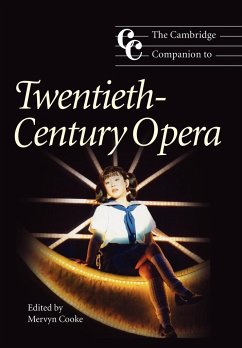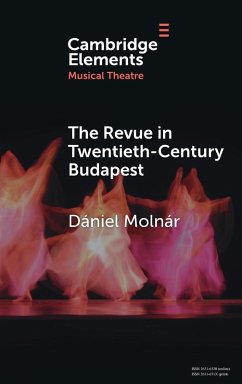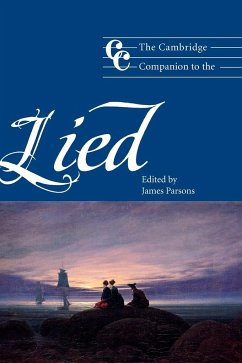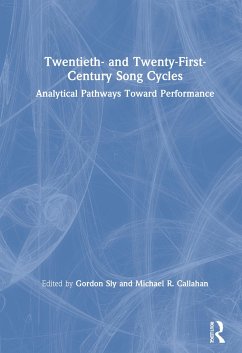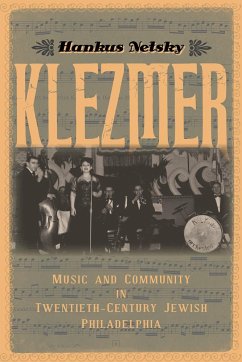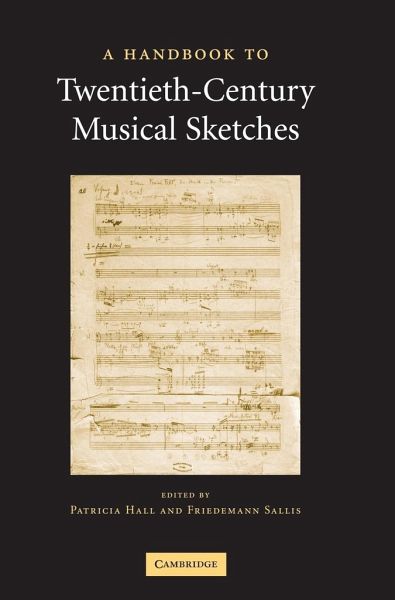
A Handbook to Twentieth-Century Musical Sketches
Versandkostenfrei!
Versandfertig in 1-2 Wochen
108,99 €
inkl. MwSt.

PAYBACK Punkte
54 °P sammeln!
This indispensable handbook, first published in 2004, explains how scholars and students should work with and think about the composer's working manuscripts. This book surveys the knowledge necessary to work efficiently in archives and libraries housing this material and with the skills and techniques specifically related to sketch studies: transcription, reconstructing sketchbooks, deciphering handwriting, dating documents. It deals with the music of important twentieth-century composers and presents visual examples of manuscripts from the collections of world-renowned institutions such as th...
This indispensable handbook, first published in 2004, explains how scholars and students should work with and think about the composer's working manuscripts. This book surveys the knowledge necessary to work efficiently in archives and libraries housing this material and with the skills and techniques specifically related to sketch studies: transcription, reconstructing sketchbooks, deciphering handwriting, dating documents. It deals with the music of important twentieth-century composers and presents visual examples of manuscripts from the collections of world-renowned institutions such as the Paul Sacher Foundation. The book aims to make the work of both researchers and students more efficient and rewarding.





